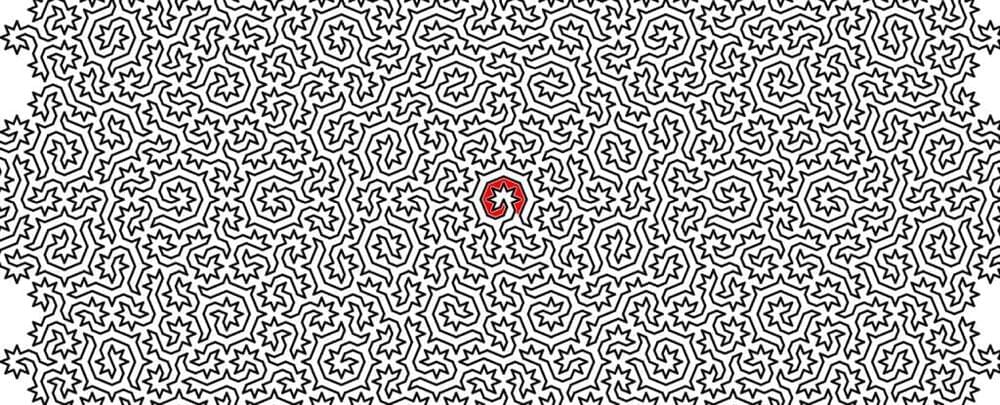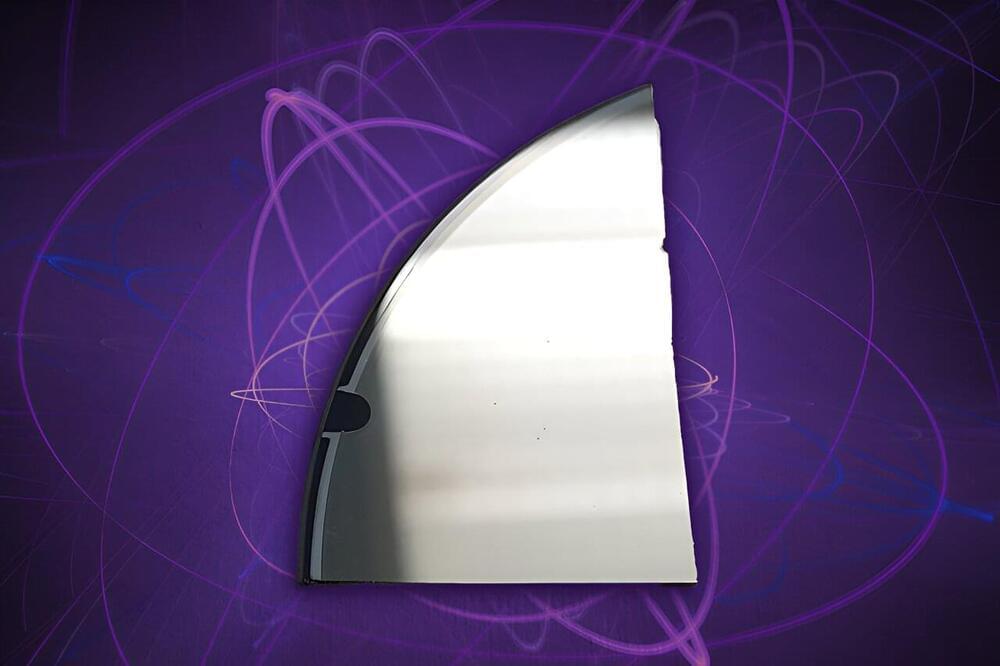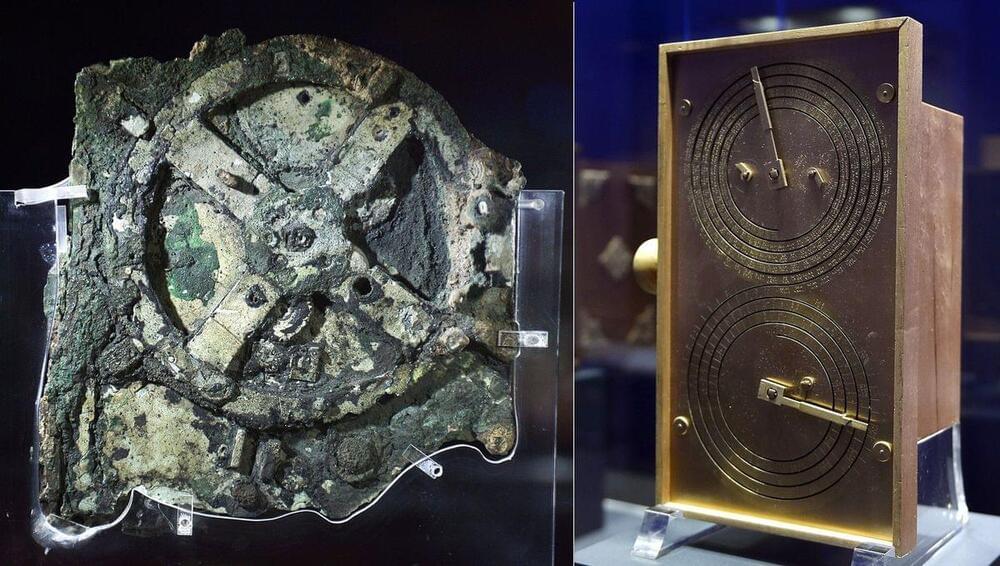Shortform link: https://shortform.com/artemIn this video we will explore the concept of Hopfield networks – a foundational model of associative memory that u…
Category: physics – Page 103
Sean Carroll, Daniel Dennett, & Steven Pinker: AI, Parapsychology, Panpsychism, & Physics Violations
Patreon: https://bit.ly/3v8OhY7Sean Carroll is Homewood Professor of Natural Philosophy at Johns Hopkins University and fractal faculty at the Santa Fe Insti…
CNC Dialogues — Georg Northoff & Aldrich Chan: Space, Time, Self & Consciousness
Dr. Georg Northoff is a neuroscientist, psychiatrist, and philosopher holding doctorates in all three disciplines. In this episode, we begin by discussing the self, and consciousness. We then enter into a dialogue about what he terms the world-brain problem, in contrast to the mind-body problem. He shares what he means by the neuroecological approach, why space and time are central to understanding the mind, and how it has foundational implications to diagnosis, treatment and research. We then talk about the practical implications of his viewpoint, for laymen and professionals alike. We follow by pivoting to cover topics such as the importance of philosophy in science, his stance on free will, and a series of rapid fire bonus questions that you don’t want to miss out on. We end on a review of his journey into becoming an MD, Ph.D, his future projects and words of wisdom for anyone listening. I invite you to skip around if you find any of these topics of particular interest to you.
Website: drchancnc.com.
Instagram: @draldrichan.
Guest website: http://www.georgnorthoff.com/
Books:
Reassembling Models of Reality: https://a.co/d/9s6Qu2J
The Spontaneous Brain: https://a.co/d/ewKjT0Y

Can a computer chip have zero energy loss in 1.58 dimensions?
What if we could find a way to make electric currents flow, without energy loss? A promising approach for this involves using materials known as topological insulators. They are known to exist in one (wire), two (sheet) and three (cube) dimensions; all with different possible applications in electronic devices.
Theoretical physicists at Utrecht University, together with experimentalists at Shanghai Jiao Tong University, have discovered that topological insulators may also exist at 1.58 dimensions, and that these could be used for energy-efficient information processing. Their study was published in Nature Physics.
Classical bits, the units of computer operation, are based on electric currents: electrons running means 1, no electrons running means 0. With a combination of 0’s and 1’s, one can build all the devices that you use in your daily life, from cellphones to computers. However, while running, these electrons meet defects and impurities in the material, and lose energy. This is what happens when your device gets warm: the energy is converted into heat, and so your battery is drained faster.

Physicists Have Created The World’s Most Fiendishly Difficult Maze
Daedalus could have learned a thing or two from a team of physicists in the UK and Switzerland.
Taking principles from fractal geometry and the strategic game of chess, they have created what they say is the most fiendishly difficult maze ever devised.
Led by physicist Felix Flicker of the University of Bristol in the UK, the group has generated routes called Hamiltonian cycles in patterns known as Ammann-Beenker tilings, producing complex fractal mazes that, they say, describe an exotic form of matter known as quasicrystals.
CERN’s ATLAS experiment releases 65 TB of open data for research
The ATLAS Experiment at CERN has made two years’ worth of scientific data available to the public for research purposes. The data include recordings of proton–proton collisions from the Large Hadron Collider (LHC) at a collision energy of 13 TeV.
This is the first time that ATLAS has released data on this scale, and it marks a significant milestone in terms of public access and utilization of LHC data.
“Open access is a core value of CERN and the ATLAS Collaboration,” says Andreas Hoecker, ATLAS Spokesperson. “Since its beginning, ATLAS has strived to make its results fully accessible and reusable through open access archives such as arXiv and HepData. ATLAS has routinely released open data for educational purposes. Now, we’re taking it one step further—inviting everyone to explore the data that led to our discoveries.”

Scientists observe record-setting electron mobility in a new crystal film
A material with a high electron mobility is like a highway without traffic. Any electrons that flow into the material experience a commuter’s dream, breezing through without any obstacles or congestion to slow or scatter them off their path.
The higher a material’s electron mobility, the more efficient its electrical conductivity, and the less energy is lost or wasted as electrons zip through. Advanced materials that exhibit high electron mobility will be essential for more efficient and sustainable electronic devices that can do more work with less power.
Now, physicists at MIT, the Army Research Lab, and elsewhere have achieved a record-setting level of electron mobility in a thin film of ternary tetradymite—a class of mineral that is naturally found in deep hydrothermal deposits of gold and quartz.

What happened in Big Bang — new theory, new state of matter
Physicists have proposed a new theory: in the first quintillionth of a second, the universe may have sprouted microscopic black holes with enormous amounts of nuclear charge.
For every kilogram of matter that we can see — from the computer on your desk to distant stars and galaxies — there are 5kgs of invisible matter that suffuse our surroundings. This “dark matter” is a mysterious entity that evades all forms of direct observation yet makes its presence felt through its invisible pull on visible objects.
Fifty years ago, physicist Stephen Hawking offered one idea for what dark matter might be: a population of black holes, which might have formed very soon after the Big Bang. Such “primordial” black holes would not have been the goliaths that we detect today, but rather microscopic regions of ultradense matter that would have formed in the first quintillionth of a second following the Big Bang and then collapsed and scattered across the cosmos, tugging on surrounding space-time in ways that could explain the dark matter that we know today.
